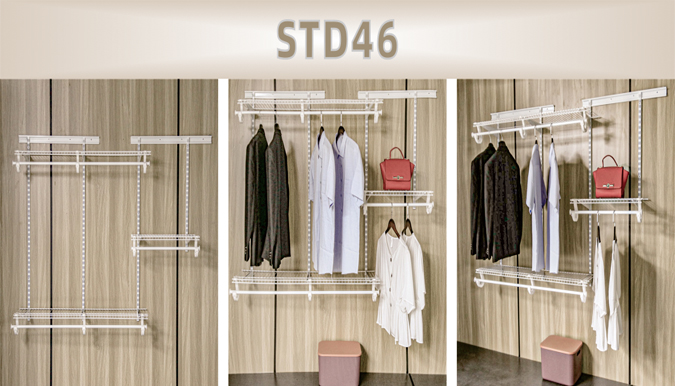Understanding the Properties and Applications of Steel Wire Strand in Modern Engineering
Nov . 28, 2024 01:50
The Importance and Applications of Steel Wire Strand
Steel wire strand is a vital component in various industries, playing a crucial role in applications ranging from construction to manufacturing and transportation. Comprised of several strands of steel wire twisted together, this material is known for its high tensile strength, durability, and versatility. As industries evolve and demand increases, the use of steel wire strands continues to expand, making it an essential material in modern engineering.
Composition and Manufacturing
Steel wire strands are typically made from high-quality steel, which enhances their strength and resistance to corrosion. The manufacturing process involves drawing steel into thin wires, which are then grouped together and twisted into strands. This twisting process not only increases the strength of the strands but also allows them to better distribute loads, making them suitable for various stress-bearing applications.
One of the significant advantages of steel wire strands is their customizable nature. Depending on the intended application, manufacturers can produce strands of varying diameters, constructions, and coatings. For instance, galvanized steel wire strands are coated with zinc to provide enhanced corrosion resistance, making them ideal for outdoor applications or environments exposed to moisture.
Applications in Construction
In the construction industry, steel wire strands are predominantly used in prestressed concrete applications. Prestressing involves placing steel strands under tension before they are encased in concrete. This creates a stronger, more durable structure capable of withstanding heavy loads and minimizing the risk of cracking. Bridges, parking garages, and high-rise buildings often utilize prestressed concrete, highlighting the importance of steel wire strands in structural integrity.
steel wire strand

Moreover, steel wire strands are utilized in cable systems, such as suspension bridges and cable cars. The incredible strength-to-weight ratio of steel wire allows for longer spans and lighter structures, contributing to innovative and aesthetically pleasing designs. These applications are vital for infrastructure development and urban planning.
Industrial and Manufacturing Uses
Beyond construction, steel wire strands have significant applications in various manufacturing processes. They are used in the production of ropes, which are essential in industries such as shipping, mining, and logging. Steel wire ropes are renowned for their strength and reliability, making them suitable for heavy lifting and rigging applications.
Additionally, steel wire strands are employed in automotive manufacturing, where they are used in springs and other suspension components. Their ability to endure repeated stress while maintaining performance is crucial for vehicle safety and efficiency.
The Future of Steel Wire Strand
As technology advances, the future of steel wire strands looks promising. Innovations in material science may lead to the development of even stronger and lighter steel alloys, enhancing the performance and applications of steel wire strands. Furthermore, the growing emphasis on sustainability in construction and manufacturing is driving interest in recycled steel strands, promoting environmental responsibility without compromising quality.
In conclusion, steel wire strands are indispensable in modern engineering and construction. Their unique properties and versatility make them suitable for a wide range of applications, from infrastructure to manufacturing. As industries continue to evolve and face new challenges, the role of steel wire strands will undoubtedly remain vital, contributing to safer, stronger, and more efficient structures worldwide. The continued innovation and adaptation of this material will ensure its relevance for years to come.




















